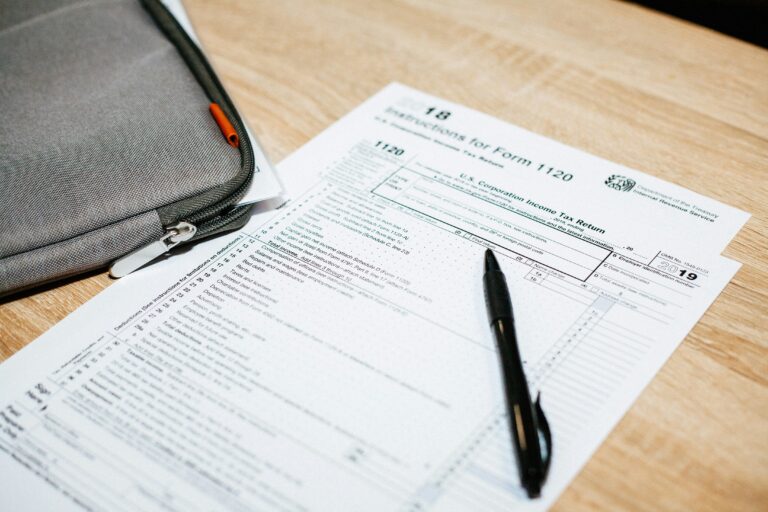
This unique tax is designed to ensure a minimum level of taxation for companies generating rental income from buildings. It has a rather specific structure. If the tax amount for a given month is lower than the regular CIT advance payment, it is not payable for that month. If it has been paid during the year and not deducted from regular CIT advances, it can be deducted at year-end or even refunded. So, how does it work in detail?
Tax elements
This tax is applicable to owned and co-owned buildings located in Poland that are leased to tenants. The tax rate is 0.035% calculated monthly on the gross value of the building for tax purposes, reduced by a tax allowance.
The tax allowance is a fixed amount of PLN 10 million. However, it can be calculated differently for related parties. If a taxpayer holds at least a 25% share in another entity, the tax allowance is divided between those entities.
The tax is due monthly, no later than the 20th day of the following month for which the tax is applicable. If the tax amount is lower than the regular monthly CIT advance payment, you are not required to pay it.
Finally, the tax paid and not deducted by the taxpayer can be deducted at year-end from their regular CIT in the annual CIT return. If any amount remains after such deduction or if a tax loss has been incurred, the taxpayer can still apply for a Minimal CIT refund.
Though often payable during the year, minimal CIT may be refundable at year-end.
Sale of property
In the month when a building subject to tax is sold, Minimal CIT is only applicable to the seller.
Co-owned buildings
For co-owned buildings, the tax base is determined based on the property value derived from the fixed asset register of the co-owner. When co-owners or owners are non-corporate entities, such as partnerships, the tax base is allocated to each taxpayer based on their share of profits.
Vacant space
The tax is applicable to the leased premises, so if there is vacant space in the building, the tax basis is proportionally reduced. The ratio is calculated as the share of usable area in use compared to the total usable area.
If the vacancy rate exceeds 95%, no tax is due.
Tax refund at year-end
Tax is refunded at year-end upon application by the taxpayer. If the refund does not raise any concerns at the tax offices, it will be processed without the need for administrative decisions. Otherwise, you may expect some verification or auditing activities.
Jurisprudence and tax rulings
Although the Minimal CIT regime seems quite straightforward, it raises many questions in practice. Many of these have been analyzed by tax authorities and courts in tax ruling proceedings. Therefore, if you have any of the following topics on your agenda, please do not hesitate to contact us to find the best risk management options:
- Separated units within a building
- Hotels and their liability for Minimal CIT
- Student accommodation services vs. rental services
- Method of computing the vacancy proportion
- Method of computing the tax allowance proportion for related parties
- Renting conference rooms
How we can help
We offer a range of services to assist you:
- Analysis and reviews of your specific case
- Computation and Minimal CIT compliance
- Year-end refunds
- Tax rulings and court proceedings
- Cost segregation analysis (separation of building value from other assets)
If you have any further questions or need assistance with your tax matters, please don’t hesitate to reach out to us. We are here to simplify taxes and accounting, allowing you to focus on your core business.
Do not hesitate to check out our scope of services dedicated to the real estate market to learn more.
Making business easier.






